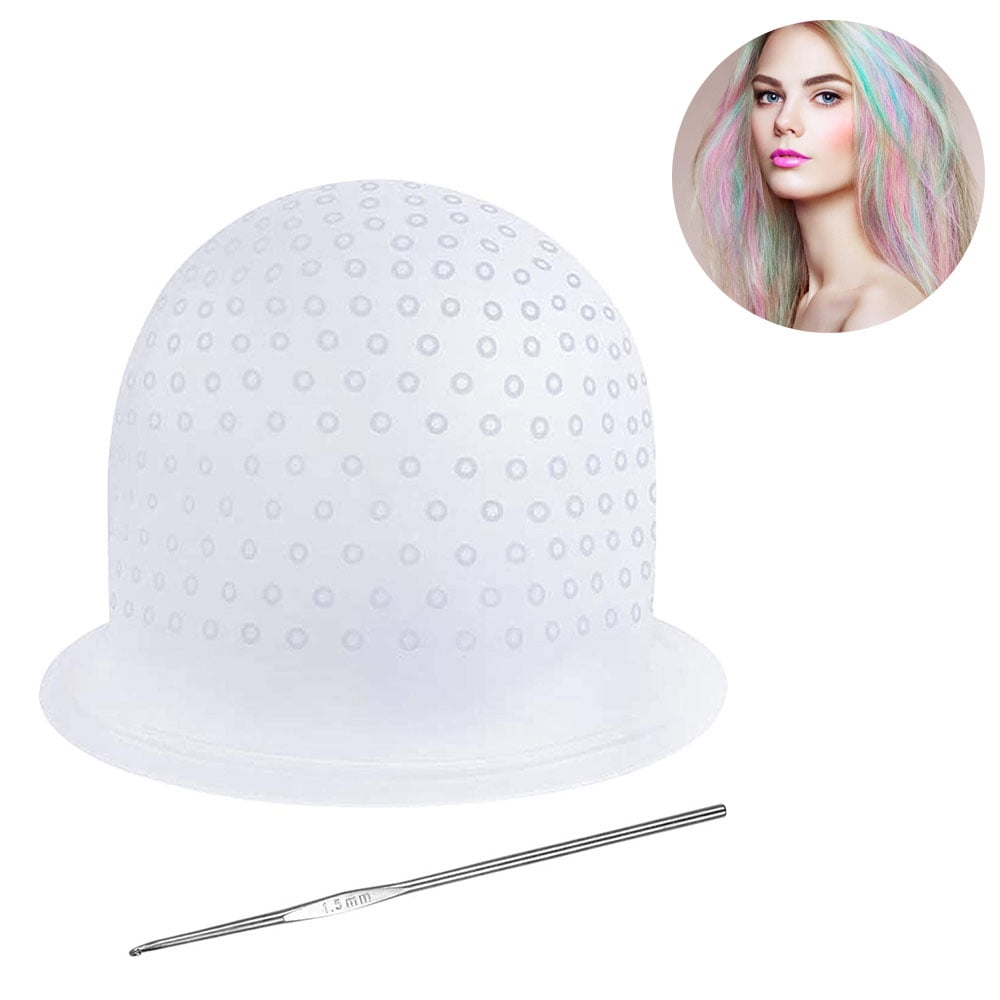

At almost 2000 km long it was declared a World Heritage Area in 1981.

The Great Barrier Reef (GBR) hosts high biodiversity and is the world’s largest coral reef ecosystem. odorabile symbionts are capable of withstanding short-term exposure to elevated nutrient concentrations and sub-lethal temperatures. The highly stable microbial associations indicate that R.

A conserved eukaryotic community was also identified across all nutrient and temperature treatments by DGGE. odorabile, with sequencing of 16S rRNA gene libraries revealing similar Thaumarchaeota diversity and denaturing gradient gel electrophoresis (DGGE) revealing consistent amoA gene patterns, across all experimental treatments. Additionally, elevated nutrients and temperatures did not alter the archaeal associations in R. The symbiotic microbial community, analyzed by 16S rRNA gene pyrotag sequencing, was highly conserved for the duration of the experiment at both phylum and operational taxonomic unit (OTU) (97% sequence similarity) levels with 19 bacterial phyla and 1743 OTUs identified across all samples.

odorabile exposed to elevated nutrient levels including 10 µmol/L total nitrogen at 31☌ appeared visually similar to those maintained under ambient seawater conditions after 7 days. Manipulative experiments were undertaken to ascertain the impact of elevated nutrients and seawater temperature on health and microbial community dynamics in the Great Barrier Reef sponge Rhopaloeides odorabile. Sponges harbor extensive microbial communities, with many microbial phylotypes found exclusively in sponges and thought to contribute to the health and survival of their hosts. Due to their exceptionally high filtration rates, sponges also form a crucial coupling point between benthic and pelagic habitats. Marine sponges are diverse, abundant and ecologically important components of coral reefs in both coastal and offshore environments. If the cap has adornments like rhinestones or embroidery, it's helpful to gently brush with a toothbrush to help remove the stain from those areas.Coral reefs are under considerable pressure from global stressors such as elevated sea surface temperature and ocean acidification, as well as local factors including eutrophication and poor water quality. Simply spray the product on the stain, let it sit for a few minutes, and then blot dry with a damp cloth or towel.
SPONGE HIGHLIGHT CAP FULL


 0 kommentar(er)
0 kommentar(er)
